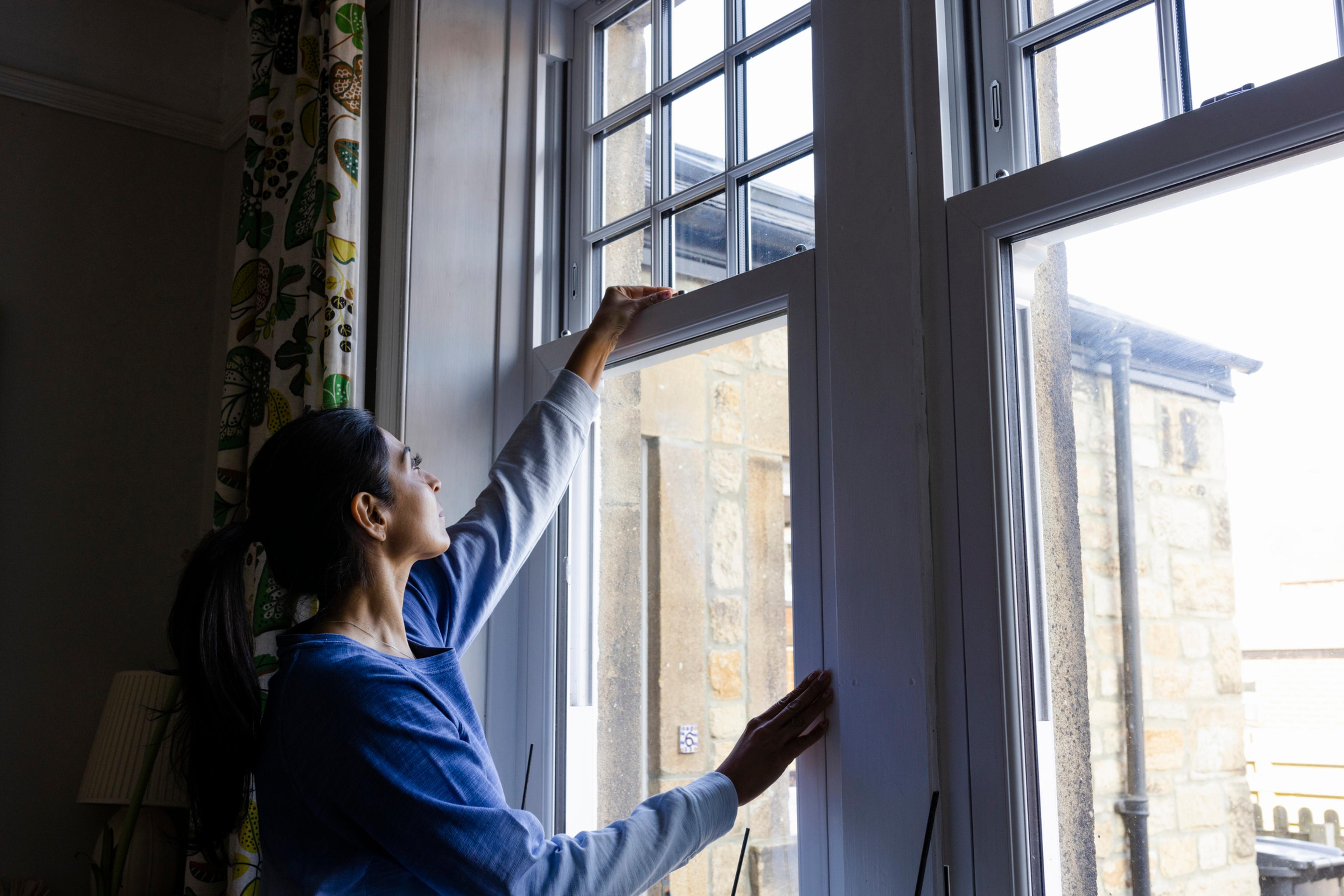What You Need To Know About: Tobacco
Shannon Paul
| 3 min read
This is the fifth entry in a six part series brought to you by Healthy Blue LivingSM, a highly successful health care plan that rewards people who commit to making better health choices by focusing on six high-impact measures of health. Healthy Blue Living is celebrating its Fifth Anniversary by inviting YOU to make a pledge and tell us what you will do over the next five years to improve your health.
We’re aware of some of the negative health effects of using tobacco, but you might not be aware that tobacco is one of the leading causes of preventable health problems. Here’s what you need to know:
Tobacco: The Cold, Hard Facts
- Tobacco use, including cigarette smoking, cigar smoking, and smokeless tobacco use, remains the leading preventable cause of death in the United States
- Each year cigarette smoking accounts for approximately 1 of every 5 deaths, or about 443,000 people
- Cigarette smoking results in 5.1 million years of potential life lost in the United States annually.
- Each day in the United States, approximately 3,600 young people between the ages of 12 and 17 years initiate cigarette smoking, and an estimated 1,100 young people become daily cigarette smokers
- In 2009, 19% of high schools students reported current cigarette use and 14% reported current cigar use
Healthy Blue Living Connection
To earn the enhanced benefit level with lower out-of-pocket costs, Healthy Blue Living members must work toward not using any tobacco. Tobacco use is determined by cotinine testing of blood or urine, which confirms the presence of nicotine in the system. The test is conducted by your primary care physician and is required for all new and renewing members for the first year of enrollment. Those who test positive for nicotine are required to enroll in our free tobacco cessation program until they stop using tobacco. Members who test negative for nicotine aren’t required to test again unless their doctor feels it is necessary.
Tobacco: How to Quit
Smokers regularly try to quit on their own, but tobacco use is addictive and having the support of educational resources, other people and medicine can help. Learn Shae Marden’s story about how she quit smoking.
Blue Care Network offers its Quit the Nic tobacco cessation program to Healthy Blue Living members at no cost to help them quit using tobacco.
Here are some other resources if you’re trying to quit, or stay on the right track:
- Smokefree.gov
A Website dedicated to helping you quit smoking.
- Smokefree QuitGuide App
Smokefree QuitGuide app for your smartphone available from iTunes.
- FDA 101: Smoking Cessation Products
Article discussing FDA approved products that help you quit smoking.
- Questions and Answers About Smoking Cessation
A fact sheet from the National Cancer Institute.
Medical information used in this blog post came from the National Heart, Lung, and Blood Institute (NHLBI).
Photo credit: Healthylifecarenews.com





